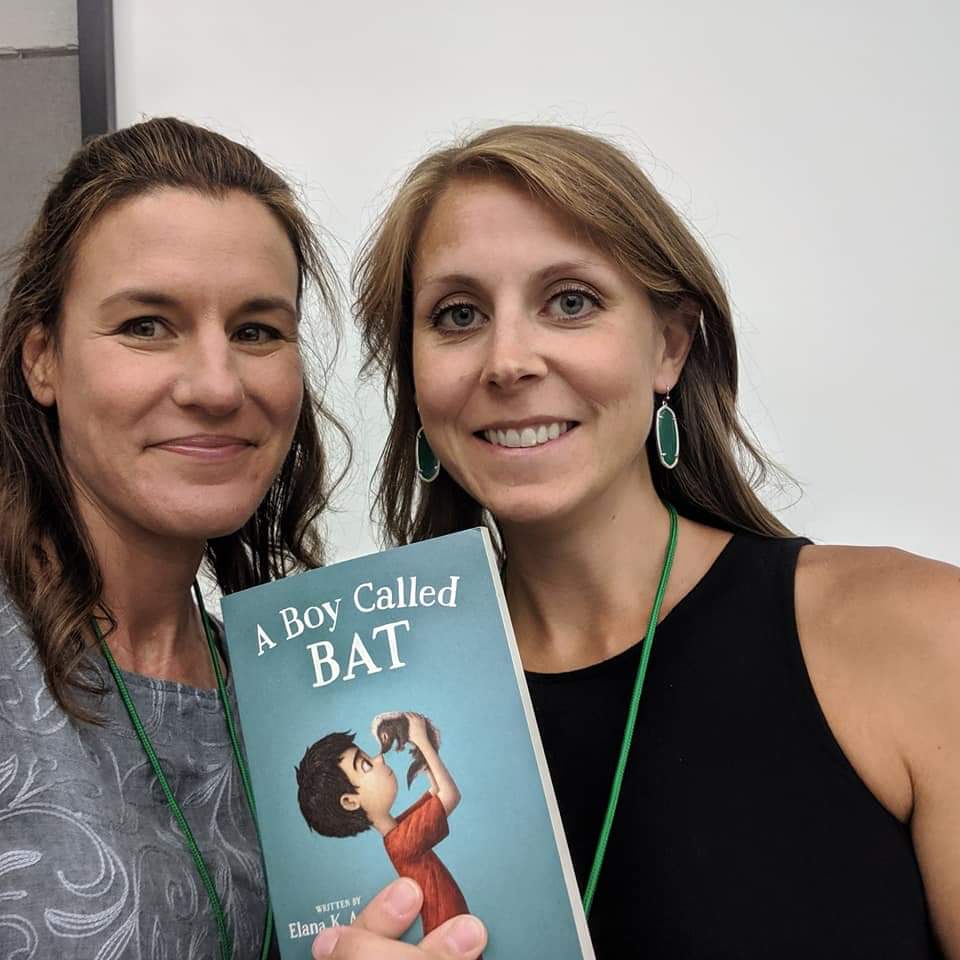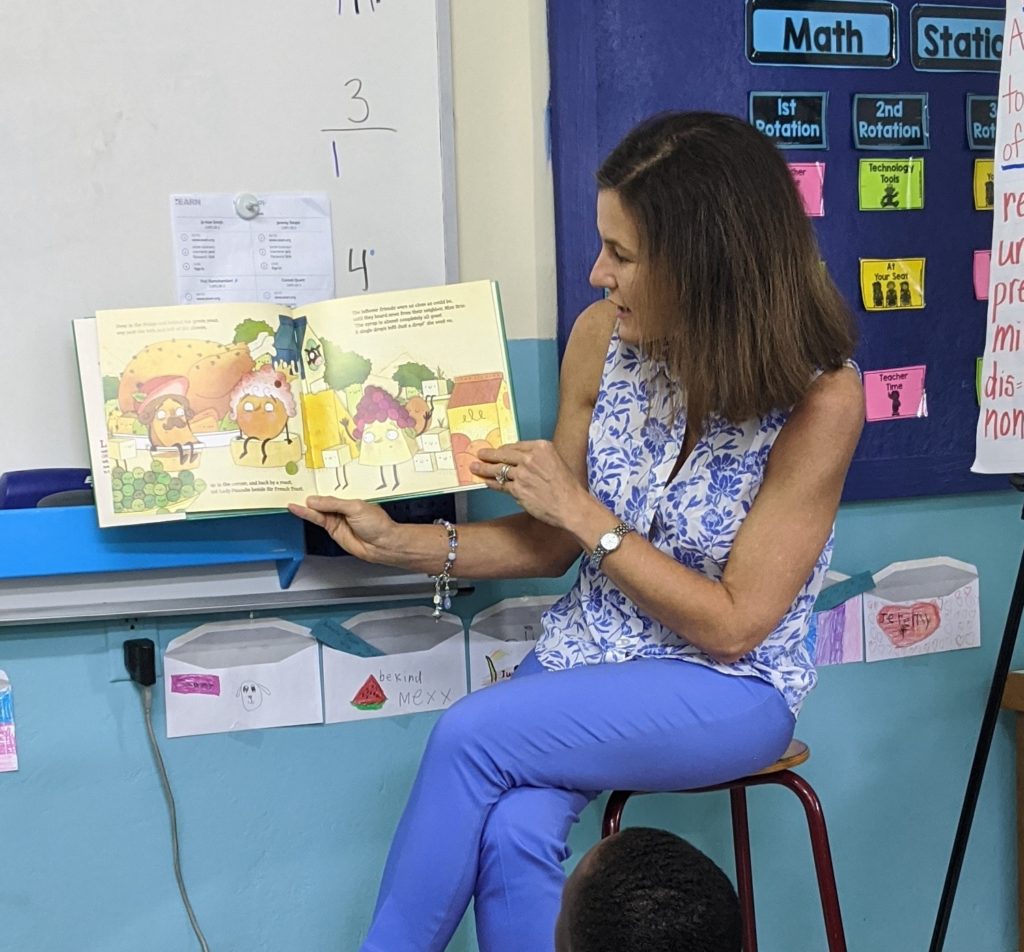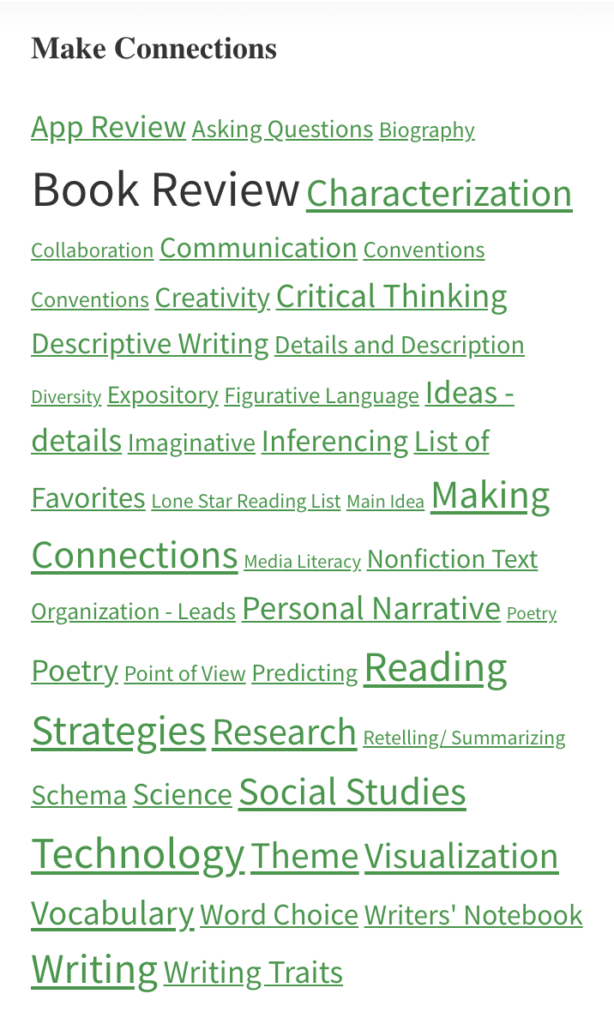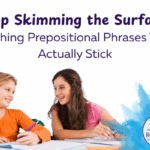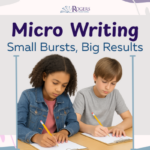Simply put, mentor texts are texts that serve as mentors, or guides, for reading and writing instructions. In writing, these texts will serve as an example of a strategy, craft, or convention that students can study in order to emulate in their own writing. In reading, these texts can be reread multiple times to discuss and practice different reading strategies. For the purpose of this post, I am going to focus on using mentor texts in writing (but be sure to stay tuned for a reading post coming soon)!
Steps to using mentor texts in writing mini-lessons:
- Choose the target skill. It is vital that you know exactly what you want the students to be learning. This can come from the standards (tier 1). It could be the next standard in your scope and sequence or one you have been working on (we all know they take more than one day!). The target skill could also be a review (tier 1) – something you have seen repetitively in your class that needs to be fixed. In my classroom, some of the skills I’ve targeted have been overuse of the word said, starting every sentence with I, not knowing how to start writing, improper use of paper, etc.
- Choose the text. Choose a book that really does a fabulous job with this skill. It’s important to note that you can find everything you want to teach in a kid’s book or text, but not every kid’s text will have ALL the skills! So be picky! If you want help locating the perfect book, use Literary Fusions site. On the side of the page, you can click on the skill you are interested in teaching and viola – ideas for books are there! Also, you will be rereading this book, so make sure YOU like it.
- Read the text aloud prior to the lesson. During the actual mini-lesson, you won’t have time to read the entire story. When the text is used as a mentor text, you will only use a portion of the text, so read the book to your students before you use it in a lesson. I typically chose the afternoon prior to the lesson, but it could be a week before or even a month before, as long as you’ve read the book as a read aloud. During this reading, model enjoyment and fluency.
- Focus your lesson on one small section of the text. On the day of the mini-lesson, you will need to choose one or two areas where the author used the writing skill you are interested in teaching. Share this section with the students. In this day and age, you can easily project the part of the book onto a screen, but you can also just show the book “old school”. Reread the selected section to the students.
- Instructional choice:
- Model thinking. To model your thinking, read the chosen section out loud, stopping and explaining what you are noticing. “As I read this, I see that the author chose to elaborate on the word big. He did not just say the elephant was big, but he continued to paint a picture in our head about what ‘big’ really means. He said it was…” Having this sort of conversation out loud models for the students how they could be analyzing writing themselves.
- Student inquiry. After the students have heard a model, they might be ready to try this on their own. Help guide them through this process. After you reread the chosen section out loud, ask the students what they notice. There is a good chance their responses to this will be all over the place. Accept and praise responses. Then, help direct the students to what you actually want them to notice. “We have noticed so many great things that the author has accomplished. Let’s discuss how the author chose to explain the information, since that is what we have been working on in our own writing. How does the author explain this fact? What tools/strategies did he use?”
- Wrap it up. Don’t stop short of the best part – the wrap up! Once you’ve gone through the whole process, have the students emulate what they noticed. In the examples above, we were working on elaborating in nonfiction, so set a challenge for the students to take into their independent work. “Your challenge today is to find a fact you states and then use one of these strategies [point to anchor chart of strategies you have been noticing over time] to elaborate and paint a picture for the reader.”
